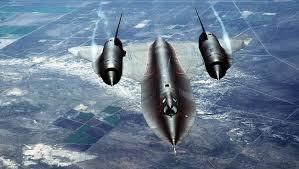What’s at higher altitudes? Less air. As you all know, air pressure decreases as height increases. So how can this be applied to sustainable aviation? We can use basic physics to give a general idea of what would occur. Using the drag formula (LINK), we can see that when air pressure goes down, drag follows suit.
With less drag, we can use less power and thereby fuel to fly our planes. Furthermore, at these thinner altitudes, we can actually fly faster, which reduces greenhouse gasses even more. Even aside from sustainability, flight in the stratosphere is actually safer than traditional routes. Not only is there more time to make a decision in the case of an emergency, but the aircraft would also have more zero-power gliding range.
However, there are still some issues, the first being how planes can get to that altitude. It will take a jet nearly as much fuel to climb to 30,000 ft as it would from 30 to 60,000 ft. For short haul flights, it may be more fuel efficient to fly at low altitudes. Another issue is high bypass engines. Since they use their large fans for power, the thin air will make these engines less efficient.
While flying at higher altitudes is certainly the next step, it is not possible with our aircraft today. Yes, small aircraft and even the Concorde have flown at these peaks, but our modern sustainability-focused planes are better suited for the 30-40,000 ft range. Maybe one day in the future, we’ll all be flying at 70,000 ft, but that day is far in the future.
